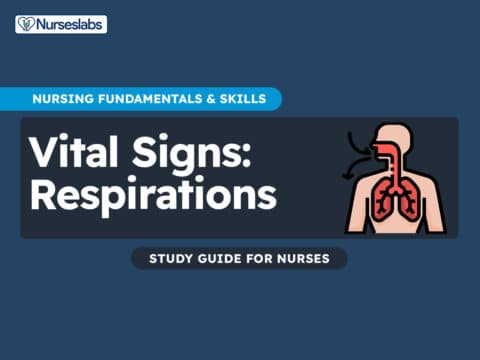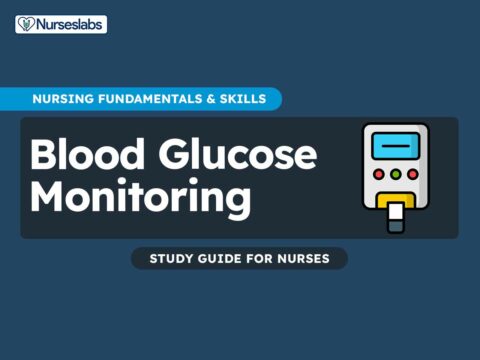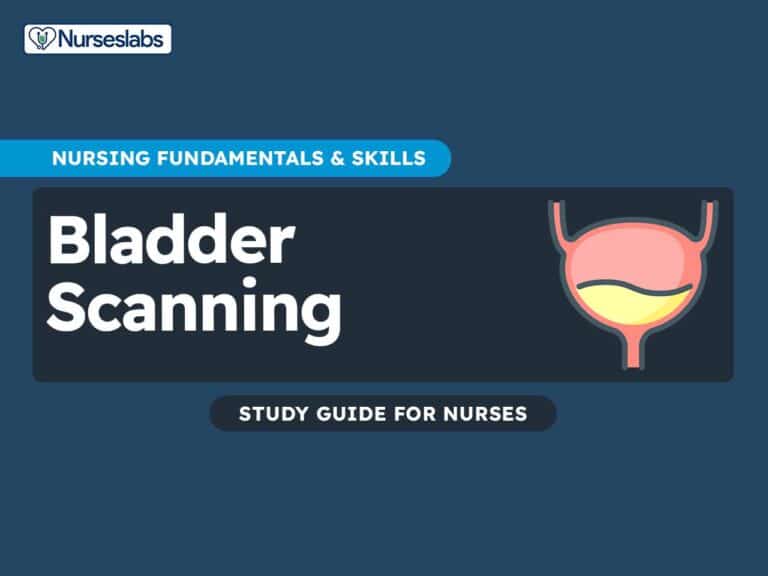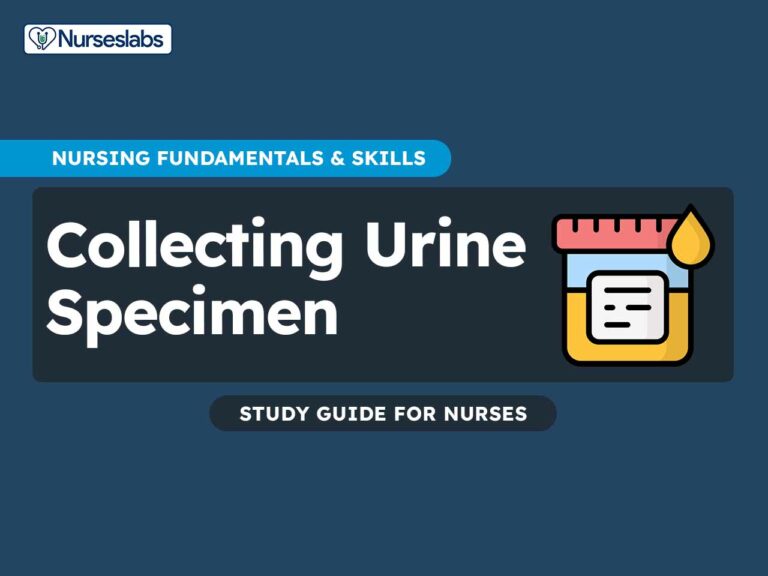Suctioning involves mechanically removing lung secretions in patients with artificial airways, such as endotracheal or tracheostomy tubes. In healthy individuals, natural mechanisms like ciliated cells, immune defenses, and the cough reflex help clear the airways of debris and pathogens. However, critically ill patients often lose these protective functions, leading to excessive mucus that becomes hard to expel. Artificial airways bypass normal defenses, impair the cough reflex, and increase infection risk. This results in thick mucus accumulation, which requires periodic suctioning.
What is Suctioning?
Suctioning is a technique used to clear a patient’s airway by removing mucus, secretions, or other obstructions using a suction catheter. It’s performed when a patient cannot effectively clear the airway due to weakness, sedation, or a compromised cough reflex, as seen with intubated patients or those with a tracheostomy. This procedure helps maintain airway patency and prevents respiratory complications like hypoxia or infection.
Indications
Recognizing these indications allows nurses to perform suctioning only when necessary, reducing risks and promoting optimal respiratory function. Here are the key indications:
- Visible airway secretions. Mucus or secretions visibly present in the mouth, nose, or artificial airway can obstruct airflow and should be removed to maintain a clear passage for breathing.
- Ineffective cough. Patients unable to produce an effective cough (e.g., due to sedation, neurological impairment, or muscle weakness) cannot clear secretions, which may accumulate and obstruct the airway.
- Abnormal breath sounds. Adventitious sounds like gurgling, crackles, or rhonchi may indicate mucus buildup; suctioning can remove these secretions, improving airflow and oxygenation.
- Artificial airway (endotracheal or tracheostomy Tube). Patients with artificial airways have an impaired ability to clear secretions, making regular suctioning essential to maintain airway patency and prevent infection or blockage.
- Increased work of breathing. Signs like labored or rapid breathing, nasal flaring, or use of accessory muscles suggest airway obstruction by secretions, making suctioning necessary to reduce respiratory effort and improve ventilation.
- Decreased oxygen saturation (SpO₂). A drop in oxygen saturation may indicate hypoxia due to airway blockage; suctioning removes secretions that may be causing hypoxia, allowing oxygen to reach the lungs more effectively.
- Changes in heart rate or blood pressure. In some cases, the body may respond to hypoxia or respiratory distress with tachycardia (increased heart rate) or hypertension (increased blood pressure). Suctioning can help clear secretions that may be causing respiratory strain, stabilizing these vital signs.
- Ineffective respiratory drive. Patients with impaired neurological function (e.g., from head injury, stroke, or coma) may have a diminished drive to breathe or clear secretions. Suctioning assists in maintaining a patent airway in these situations.
Contraindications
Each contraindication requires careful assessment to balance the risks of suctioning with the patient’s respiratory needs.
- Severe Hypoxemia. Suctioning can temporarily reduce oxygen levels; thus, it should be avoided or approached with caution if the patient’s oxygen saturation is critically low.
- Bradycardia or Cardiac Instability. Suctioning may stimulate the vagus nerve, potentially causing bradycardia (reduced heart rate) or cardiac instability. Patients with pre-existing cardiac conditions require close monitoring.
- Increased Intracranial Pressure (ICP). Since suctioning may elevate intracranial pressure, it is contraindicated or should be cautiously performed in patients with head injuries or pre-existing elevated ICP.
- Recent Nasal or Oral Surgery. Suctioning can interfere with surgical sites and may induce bleeding in patients who have recently had surgery in the nasal or oral regions.
- Active Bleeding in the Airway. In patients with active airway bleeding, suctioning may exacerbate trauma or bleeding and should only be considered when absolutely necessary.
- Tracheoesophageal Fistula. Suctioning may aggravate this abnormal connection between the trachea and esophagus, increasing risks of aspiration and other complications.
- Unstable Respiratory Status or Severe Bronchospasm. For patients experiencing severe respiratory distress or bronchospasm, suctioning may worsen airway constriction or add stress to their condition.
Types of Suctioning
Each type of suctioning has specific applications based on the patient’s needs, the location of the secretions, and the presence of an artificial airway.
- Oropharyngeal Suctioning. Oropharyngeal suctioning removes secretions from the mouth and upper throat (oropharynx). It is typically performed on conscious patients who can partially clear their airway but need assistance to remove visible secretions in the mouth or back of the throat.
- Nasopharyngeal Suctioning. Nasopharyngeal suctioning involves inserting a catheter through the nostril to reach the upper throat (nasopharynx) and remove secretions. This technique is often used for patients who cannot clear secretions effectively, such as those with weak cough reflexes or upper respiratory congestion.
- Nasotracheal Suctioning. In this procedure, a catheter is inserted through the nostril and advanced into the trachea (windpipe) to clear lower airway secretions. It is commonly performed on patients with lower respiratory tract secretions who lack an artificial airway and cannot cough up mucus effectively.
- Endotracheal Suctioning. Endotracheal suctioning is done on patients with an endotracheal tube (ET tube) in place, usually those who are intubated for mechanical ventilation. This technique involves inserting a suction catheter into the ET tube to remove secretions from the trachea and lower airways, helping to maintain a clear airway and optimal ventilation.
- Tracheostomy Suctioning. This type of suctioning is used for patients with a tracheostomy (an opening created in the neck to the trachea). The catheter is inserted through the tracheostomy tube to remove secretions, keeping the airway clear for breathing and reducing the risk of infection.
- Yankauer Suctioning. A Yankauer suction catheter is a rigid, curved tube used for oral suctioning, primarily to remove thick secretions from the mouth and oropharynx. It is commonly used in surgical settings, as well as for patients who need frequent oral secretion removal but do not tolerate other suctioning methods well
Assessment
Assess for the following that will indicate the need for suctioning:
- Respiratory status. Assess normal breathing patterns and look for distress signs like labored or rapid breathing, use of accessory muscles, and nasal flaring.
- Breath sounds. Auscultate for abnormal sounds (crackles, wheezes, rhonchi) indicating mucus or fluid.
- Oxygen saturation (SpO₂). Check SpO₂ with a pulse oximeter; levels below baseline or 90% may indicate hypoxia, requiring suctioning.
- Respiratory rate and depth. Document rate and depth of breaths; shallow or irregular patterns may signal distress, benefiting from secretion clearance.
Preparation
Here are the specific supplies needed for oropharyngeal or nasopharyngeal suctioning:
- Suction machine (portable or wall-mounted)
- Suction catheter (appropriate size for patient)
- Oropharyngeal suctioning
- Yankauer suction catheter
- Clean gloves
- Nasopharyngeal suctioning
- Sterile suction catheter kit (12–18 French [Fr] for adults; 8–10 Fr for children, and 5–8 Fr for infants)
- Sterile gloves and clean gloves
- Oropharyngeal suctioning
- Personal Protective Equipment (PPE): mask, goggles or face shield, and gown (as needed)
- Sterile water (for flushing the catheter between passes)
- Water-Soluble lubricant (for nasopharyngeal suctioning to ease catheter insertion)
- Connecting tubing (to connect the suction catheter to the suction machine)
- Pulse oximeter (to monitor oxygen saturation during and after suctioning)
- Towel or disposable paper drape (to protect patient’s clothing and bed linens)
- Stethoscope (to assess breath sounds before and after the procedure)
Oropharyngeal and Nasopharyngeal Suctioning
Oropharyngeal and nasopharyngeal suctioning involves careful insertion of a catheter with appropriate suction pressure while monitoring the patient’s response to prevent complications. Here are the following steps
1. Verify the physician’s order and gather supplies.
Ensure a physician’s order for suctioning and collect all necessary supplies, including gloves, a suction catheter, water-based lubricant (for nasopharyngeal suctioning), suction tubing, a suction machine, and personal protective equipment (PPE).
2. Explain the procedure to the patient.
Inform the patient about the purpose and steps of the suctioning process and address any questions or concerns.
3. Perform handwashing and don PPE.
Wash hands thoroughly and wear gloves and other PPE (e.g., mask and face shield if needed).
4. Place a conscious patient with a gag reflex in semi-Fowler’s with head turned for oral suctioning or neck hyperextended for nasal suctioning; position an unconscious patient laterally, facing the nurse.
Proper positioning helps maintain an open airway, prevents aspiration, and improves access to the oropharynx and nasopharynx.
5. Check equipment and set suction pressure.
Connect the suction catheter to the suction tubing and turn on the suction machine.
| Category | Pressure (mm Hg) | Portable Suction Machine (cm Hg) |
|---|---|---|
| Adults | 100-150 mm Hg | 10-15 cm Hg |
| Children | 100-120 mm Hg | 8-10 cm Hg |
| Infants | 80-100 mm Hg | 8-10 cm Hg |
| Neonates | 60-80 mm Hg | 6-8 cm Hg |
6. Pre-oxygenate the patient, if needed, before beginning the suctioning procedure.
Pre-oxygenation minimizes the risk of hypoxia, especially for patients with respiratory difficulties.
7. Lubricate the catheter (nasopharyngeal suctioning). Apply a small amount of water-based lubricant to the catheter tip for nasopharyngeal suctioning. Avoid oil-based lubricants.
Lubrication eases insertion and prevents trauma to the nasal mucosa, ensuring a smoother and more comfortable procedure.
8. Insert the suction catheter.
Proper insertion technique prevents gag reflex stimulation and allows for safe access to secretions in the airway.
- For oropharyngeal suctioning, insert the catheter into the mouth along the side, avoiding the center of the mouth to prevent gagging.
- For nasopharyngeal suctioning, insert the catheter gently through the nostril and advance it into the pharynx.
9. Once the catheter is in place, apply suction by covering the suction port while gently rotating and withdrawing the catheter. Suctioning should last no longer than 10-15 seconds.
Intermittent suctioning and rotation prevent mucosal damage and ensure efficient removal of secretions.
10. Flush the catheter with sterile or distilled water between each pass to prevent clogging and remove residual secretions.
Clearing the catheter maintains suction effectiveness and reduces the risk of bacterial contamination.
11. Allow the patient to rest for 20-30 seconds between passes to regain oxygenation. (If additional suctioning is needed)
Rest periods help prevent hypoxia, which is especially important for patients with respiratory issues.
12. Monitor the patient’s response.
Record the patient’s respiratory status, any adverse reactions, and observations regarding secretions and comfort.
13. Dispose of supplies and remove PPE.
After completing suctioning, discard the used equipment appropriately and remove PPE.
14. Wash hands thoroughly after the procedure.
Hand hygiene is essential to prevent the spread of infection and maintain a clean care environment.
15. Ensure patient safety by placing the call light and table within the patient’s reach, keeping the bed in a low, locked position, securing side rails, and removing any fall hazards from the room.
These post-suctioning measures ensure the patient’s ability to call for assistance, minimize fall risk, and maintain a secure environment.
16. Document the time, duration, reason for suctioning, patient’s response, and any complications in the patient’s medical record.
Accurate documentation is essential for continuity of care and records the patient’s response to the intervention.
For more information about suctioning a tracheostomy, please refer to Tracheostomy Nursing Care Plans.
Complications
Here are some common complications involved in suctioning:
- Hypoxia. Excessive suctioning or improper technique can reduce oxygen levels, especially if suctioning is prolonged without rest periods, depriving tissues of oxygen.
- Mucosal Trauma. Inserting the catheter too forcefully or using excessive suction pressure can damage the mucosal lining, causing bleeding or irritation in the airway.
- Infection. Contamination of the catheter or improper hand hygiene may introduce bacteria to the airway, increasing the risk of respiratory infections.
- Bronchospasm. Suctioning can trigger reflexive tightening of the airway muscles, especially in patients with reactive airway conditions like asthma, leading to further breathing difficulties.
- Bradycardia. Stimulation of the vagus nerve during suctioning may lower the heart rate, potentially causing bradycardia and impacting cardiac function.
- Atelectasis. Excessive suction pressure can cause airway collapse (atelectasis), reducing lung volume and impairing gas exchange.
- Discomfort and anxiety. Suctioning can be uncomfortable and distressing, leading to increased patient anxiety and agitation, which may worsen respiratory effort.
Nursing Considerations
When performing suctioning, remember the following nursing considerations:
1. Ensure all necessary equipment, including an appropriately sized suction catheter, is at the bedside, and continuously monitor the patient’s heart rate and oxygen saturation.
Proper equipment setup and monitoring help ensure safety and allow for immediate response to any adverse changes in vital signs.
2. Ensure that suction catheters occupy less than 70% of the endotracheal tube (ETT) lumen for infants, children, and adults.
Helps maintain sufficient airflow and reduce the risk of obstruction.
3. Insert the catheter only to the tip of the artificial airway, avoiding deep insertion into the airway.
This prevents trauma and bleeding of the airway mucosa, reducing the risk of infection and damage.
4. Use a catheter less than 50% of the internal diameter of the endotracheal tube (1 mm diameter ≈ 3 French).
A smaller catheter minimizes the risk of airway obstruction and allows for efficient suctioning without trauma.
5. For adults, keep suction pressure below 200 mmHg. In neonates, set the pressure between 80 mmHg and 120 mmHg.
Lower suction pressures reduce the risk of mucosal injury and prevent complications like atelectasis or hypoxia.
6. Follow the American Association of Respiratory Care’s recommendation against saline use during suctioning of the artificial airway.
Saline instillation can lead to complications, including respiratory infections and further airway irritation.
7. Perform suctioning for no more than 15 seconds per attempt.
Short suction attempts reduce the risk of hypoxia and bradycardia by limiting oxygen deprivation during the procedure.
8. Give the patient 10–15 seconds to rest and re-oxygenate between suction attempts.
Recovery time helps stabilize oxygen levels, preventing hypoxia and reducing patient stress.
9. Follow standard infection control protocols, including PPE, during suctioning.
Standard precautions protect both the caregiver and patient from cross-contamination and reduce infection risk.
10. Artificial airway suctioning should be performed only as needed rather than on a set schedule.
Helps minimize trauma and irritation to the airway, reducing the risk of infection and mucosal damage.
11. A shallow suctioning technique is preferred over a deep suctioning technique.
Deep suctioning should be used only if shallow suctioning proves ineffective, considering the risk of airway trauma.
12. Avoid oral suctioning on patients with recent head and neck surgeries.
Avoiding oral suctioning after head and neck surgery prevents disruption of healing tissues and reduces bleeding or infection risk, promoting recovery.
Sources
- Anita McCutcheon, J., & Rees Doyle, G. (2015). Clinical procedures for safer patient care. BCcampus.
- Blakeman, T. C., Scott, J. B., Yoder, M. A., Capellari, E., & Strickland, S. L. (2022). AARC clinical practice guidelines: artificial airway suctioning. Respiratory Care, 67(2), 258-271.
- Kozier, B., Erb, Glenora., et al., (2018). Fundamentals of Canadian Nursing Concepts, Process, and Practice 9th Edition.
- Potter, P., et al., (2019). Essentials for Nursing Practice.
- Seckel, M. A., & Wiegand, D. L. (2017). Suctioning: endotracheal or tracheostomy tube. Wiegand DL, ed. AACN Procedure Manual for High Acuity, Progressive, and Critical Care. 7th ed. Elsevier, 69-78.
- Sole, M. L., Bennett, M., & Ashworth, S. (2015). Clinical Indicators for Endotracheal Suctioning in Adult Patients Receiving Mechanical Ventilation. American Journal of Critical Care, 24(4), 318–324.





































Leave a Comment